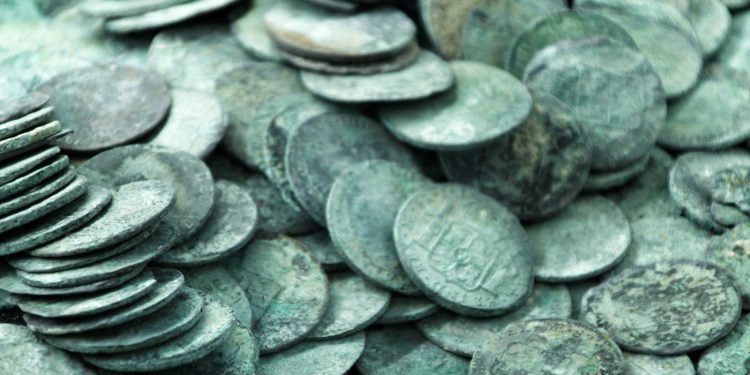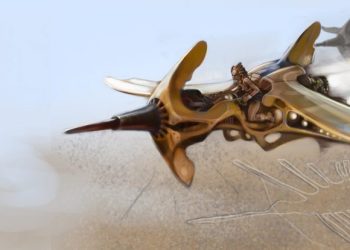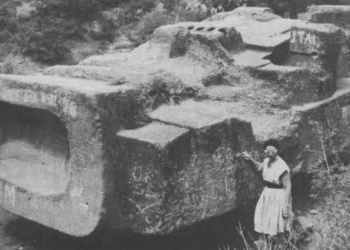In a remarkable discovery this past May, construction worker Claus Völker stumbled upon a hidden stash of medieval coins while installing underground piping near a swimming pool in Glottertal, Germany. As he began his work, Völker noticed what appeared to be “small metal plates” embedded in the soil. His finding quickly caught the attention of local authorities, prompting a swift response from archaeologists.
The State Office for Monument Preservation from the Stuttgart regional council reported that archaeologists arrived on-site the same day. They uncovered approximately 1,000 coins in the initial excavation. Despite challenging conditions, including heavy rain that turned the ground into knee-deep mud, the team persisted. Equipped with metal detectors, they managed to recover an additional 600 coins the following day.
Andreas Haasis-Berner, an archaeologist with the State Office for Monument Preservation, revealed that the majority of the coins originated from the mints of Breisach, Zofingen, and Freiburg, dating back to around 1320 AD. The hoard also included coins from other mints such as Basel, St. Gallen, Zurich, Laufenburg, and Colmar.
The value of this treasure during its time was substantial. Haasis-Berner explained that the collection could have purchased around 150 sheep, a significant sum that underscores the importance of this discovery.
Experts attribute this extraordinary find to Völker’s keen observation, which led to the unearthing of one of the most significant medieval coin hoards discovered in recent decades. Without his attention to detail, these coins might have remained buried and forgotten.
The area where the coins were found holds historical significance, with a rich mining heritage that dates back centuries. “Glottertal has been one of the most important mining areas for the dukes of Freiburg,” Haasis-Berner noted. The site where the coins were uncovered was once a central settlement for miners, suggesting that more hidden treasures could be waiting to be discovered in the region.
This discovery is not an isolated incident. In 2016, a similar find was made in Switzerland, where over 200 coins from the 1300s were unearthed in a forest near Zurich. However, that hoard was much smaller, valued at only 25 sheep. Such discoveries provide valuable insights into the historical context of the time, revealing stories of political instability, economic transactions, and the movement of mercenary armies.
The recent discovery in Glottertal has not only sparked excitement but also opened new avenues for research. “The evaluation of this coin treasure will provide insights into the coin circulation in Breisgau, the minting activities of the time, the silver trade, and the mining operations in Glottertal,” Haasis-Berner stated. This find promises to deepen our understanding of the region’s history and its economic significance during the medieval period.











